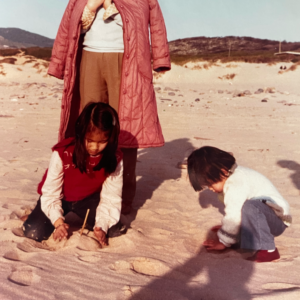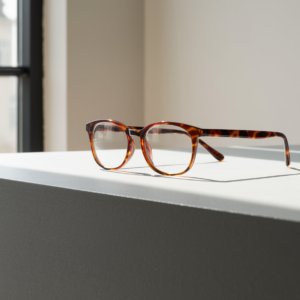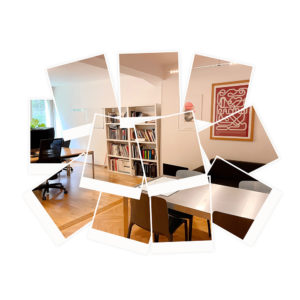How Imposter Syndrome Evolves in Design—From Junior to Leadership
Imposter syndrome. That quiet doubt that lingers, questioning whether your success is real. More than self-doubt, it’s the belief that you don’t truly deserve your achievements, even when your work proves otherwise.
While often seen as a personal struggle, in design, it takes on a unique form. Our work is visual, constantly judged, making feedback immediate and self-doubt harder to ignore. At every career stage, imposter syndrome evolves, shaping how we present ideas, interact with clients, and lead teams. Yet, its progression in a designer’s journey is rarely discussed.
How does it shift from junior to senior roles? And how do we learn to navigate it?
Early Career: The Pressure to Prove Yourself
For many designers, self-doubt first appears when every critique feels personal and the pressure to prove yourself is overwhelming. Junior designers often hold back bold ideas, fearing they’ll be dismissed. This lack of confidence is normal early on, but when it turns into a persistent belief that you don’t truly belong in the field or that your success is just luck, it becomes imposter syndrome. Social media’s endless showcase of “better” designers can make it worse, reinforcing the feeling that you’re falling behind.
I struggled with this too. Overworking, tweaking designs endlessly, afraid my ideas weren’t good enough. The turning point came when a senior designer told me, “Your job isn’t to have all the answers. It’s to explore, test, and refine.” That shift, from proving myself to embracing the process, changed everything.
How to Navigate It:
- Shift from “I need to prove myself” to “I’m here to learn.”
- Ask questions. Curiosity signals engagement, not incompetence.
- Remember, every senior designer started as a beginner.
Mid-Career: The Challenge of Leading Projects and Clients
At this stage, imposter syndrome doesn’t vanish, it evolves. It’s less about design skills and more about presenting ideas confidently, justifying decisions, and setting boundaries. Many designers underprice their work, over-apologize in meetings, or hesitate to push strong ideas. While some of this is natural uncertainty, imposter syndrome creeps in when you start believing you’re not “really” an expert, despite years of experience.
I remember presenting my first major project, rehearsing every word to sound “professional.” But the moment the client saw the prototype, my script fell away. Their excitement reminded me that clients aren’t gatekeepers waiting to expose mistakes. They’re collaborators, just as eager to find the best solution.
How to Navigate It:
- Foster collaborative relationships with clients.
- Expertise isn’t about knowing everything, but about navigating uncertainty and finding solutions.
- Own your value: Experience, not perfection, defines your skill.
Leadership: From Self-Doubt to Supporting Others
In leadership, imposter syndrome takes another form. Doubting your ability to guide others. I felt this firsthand when mentoring interns. At first, I questioned whether I had anything valuable to teach. But one intern later told me that a simple piece of feedback I gave changed how they approached client work. What seemed basic to me was transformative to them. That’s when I realized leadership isn’t about having all the answers, it’s about sharing experiences.
How to Navigate It:
- Be transparent about your own struggles with imposter syndrome.
- Encourage risk-taking and failure as part of the creative process.
- Shift from “Do I belong here?” to “How can I support others?”
Beyond Leadership: Evolving Confidence
Even with years of experience, imposter syndrome can take on a new form as the pressure to maintain a reputation or keep up with industry trends. The doubt shifts from “Am I good enough?” to “Can I continue proving that I deserve my place here?” Even experienced designers can feel the pressure to stay relevant, fearing they’ll fall behind in a fast-moving industry.
How to Navigate It:
- Stay open to learning. Growth doesn’t stop at leadership.
- Surround yourself with peers who uplift rather than compare.
- Recognize that confidence isn’t about never doubting, it’s about moving forward despite doubt.
Conclusion: Redefining Confidence in Design
Imposter syndrome doesn’t disappear. It evolves. But so does our ability to manage it. Great designers don’t eliminate doubt, they learn to move with it rather than against it. Confidence isn’t about having all the answers. It’s about trusting that you’ll figure it out along the way.
Today, I still have moments of doubt. But I recognize them as reminders that I’m still growing. And that’s exactly where I want to be.













0 Comments